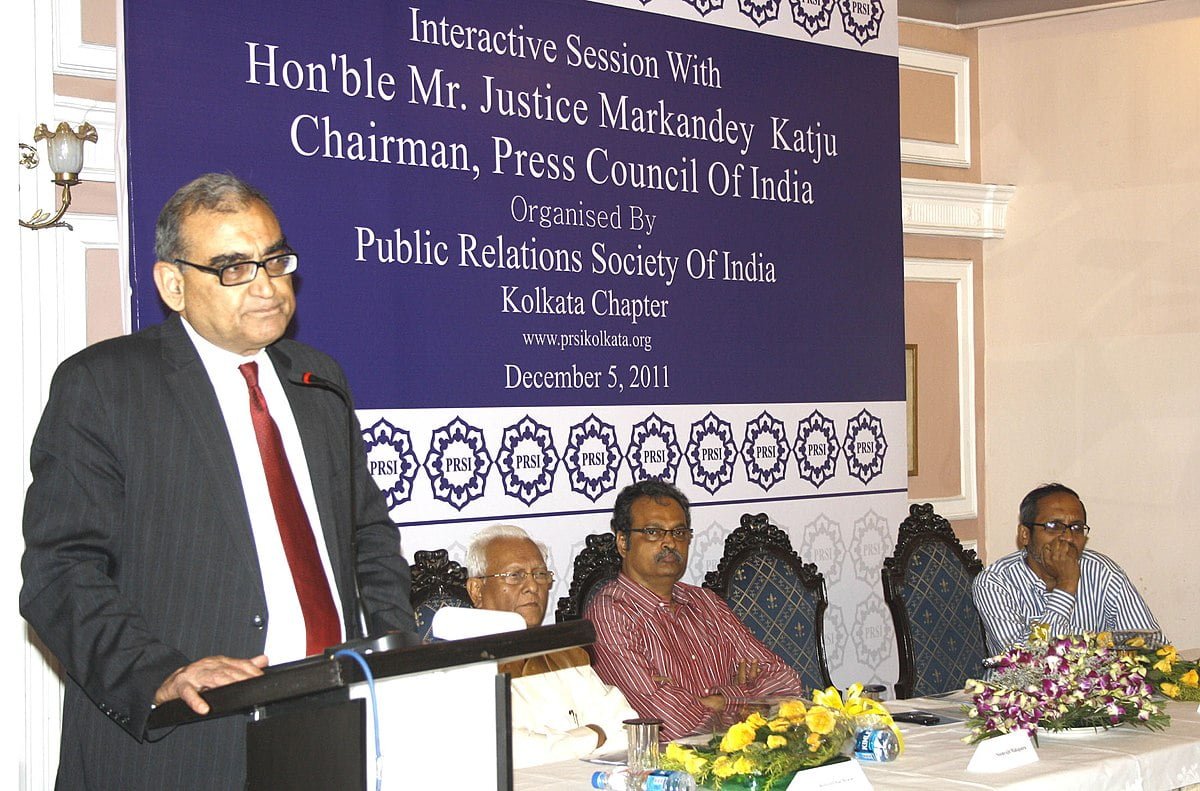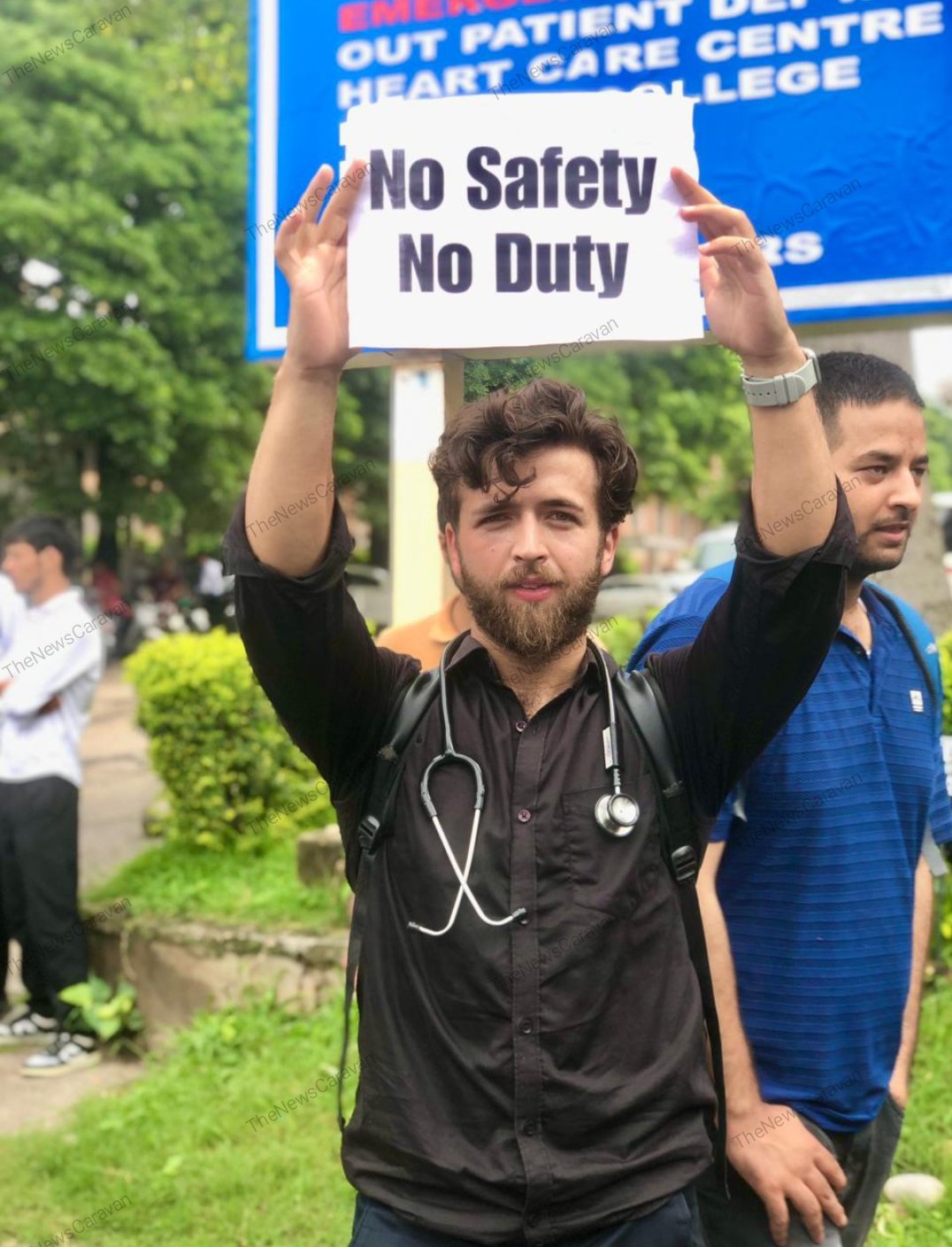[ad_1]
Minutes later, the police line collapsed and Alberts rushed with the crowd to the foot of the Capitol. There, he confronted police officers, calling them “domestic terrorists” for refusing to permit Trump supporters to “overthrow the government,” which he characterized as a patriotic duty. He meandered the exterior of the building for hours before hurling more invective — and a water bottle — at officers trying to clear the mob from the Capitol’s Upper West Terrace plaza.
“It was wrong,” Alberts acknowledged in federal District Court in D.C. “I shouldn’t have done it.”
And as he told a jury on Monday, the entire time he was at the Capitol, he was armed with a concealed firearm and 25 rounds of ammunition, including hollow-point bullets.
It was a remarkable turn on the witness stand for Alberts, whose story remains relatively unknown despite his prolonged and notable role in the arc of the Jan. 6 attack on the Capitol. The early drive up the west side stairs of the Capitol by Alberts, Reffitt and others led to a lengthy standoff with the police. Other rioters — those who would ultimately smash their way into the building — used that standoff to amass underneath nearby scaffolding meant for Joe Biden’s inaugural stage. Within minutes, they would make their charge through police lines and into the building.
Few rioters spent the amount of time Alberts did at the Capitol on Jan. 6. Although he didn’t go inside, he remained in sensitive locations where police struggled to contain the crowd — and he repeatedly ratcheted up tension between the crowd and the officers.
And equally few rioters have attempted to tell their story to a jury under oath, particularly in a case with an extraordinary amount of video evidence documenting Alberts’ alleged crimes. Jurors are expected to get the case on Tuesday or Wednesday, with a verdict likely later this week.
To hear Alberts tell it, his entire day on Jan. 6 was a hapless accident — a mix of bad timing, attempts at heroic intervention to protect pro-Trump protesters and a rising fury at police for overzealous crowd-control tactics.
Alberts said he had intended to listen to Trump’s speech but became distracted by an unattended backpack, which he helped remove to a safe distance from the crowd. (The backpack, prosecutors would later elicit, contained nothing dangerous.) From there, Alberts said, he saw other protesters streaming toward the Capitol and decided to follow suit. When he arrived, he witnessed at least one member of the crowd experience a medical episode and helped police keep the sidewalk clear to permit the man to be evacuated from the scene.
Alberts said his alarm over this episode heightened his concern when he arrived at the base of the west side steps of the Capitol and saw police firing less-lethal munitions at the crowd. In his view, he said, their actions were unjustified and he decided he would climb the stairs toward the police line to help shield other members of the crowd from the police.
“Somebody had to put a stop to it,” he testified on Monday, adding that he was willing to ”take damage to prevent more people from getting harmed or hurt.”
On his way up the stairs, Alberts encountered Reffitt, who was doubled over after being sprayed by police. (Last year, Reffitt became the first Jan. 6 defendant to go before a jury, which found him guilty of numerous felony counts. He’s currently serving a sentence of seven and a half years.)
Alberts said he became instantly fixated on Reffitt and concerned that the man might fall off the elevated railing he was perched on. Though he tried to get Reffitt to descend the staircase to safety, Reffitt continued to urge the crowd onward, Alberts recalled, saying Reffitt shouted, “Forward!” Suddenly, Alberts said, someone placed the large wooden pallet at his feet.
Alberts said he picked it up to “dispose of” the object, but was met with a hail of crowd-control munitions, so instead he used it as a shield to protect himself as he advanced toward the firing officers.
Alberts described his rhetoric toward police that day as “hyperbolic” and ill-advised, informed more by his fury at the officers’ treatment of the crowd than a desire to topple the government.
“I was angry,” Alberts said.
But prosecutors pressed him repeatedly to explain why, if his actions were as innocent as he described, he lingered on Capitol grounds for hours after it became clear that police had wanted him to leave.
Prosecutors appeared stunned by Alberts’ explanations for his protracted presence at the Capitol. Alberts repeatedly said he was there to make his voice heard, and insisted that the police were trying to stifle the protests happening outside the building. He said he never intended to resist or obstruct police activity or the session of Congress that was happening inside the Capitol.
But Assistant U.S. Attorney Jordan Konig pressed him on why he ignored so many obvious signs that officers were trying to get him and other rioters to leave. And Konig reminded jurors over and over again that concealed on Alberts’ right side was a handgun. Notably, Reffitt was convicted last year for crimes that included carrying a handgun on Capitol grounds — meaning two of the first rioters to square off with police had concealed firearms.
[ad_2]
#Guncarrying #Jan #defendant #takes #turn #witness #stand
( With inputs from : www.politico.com )










